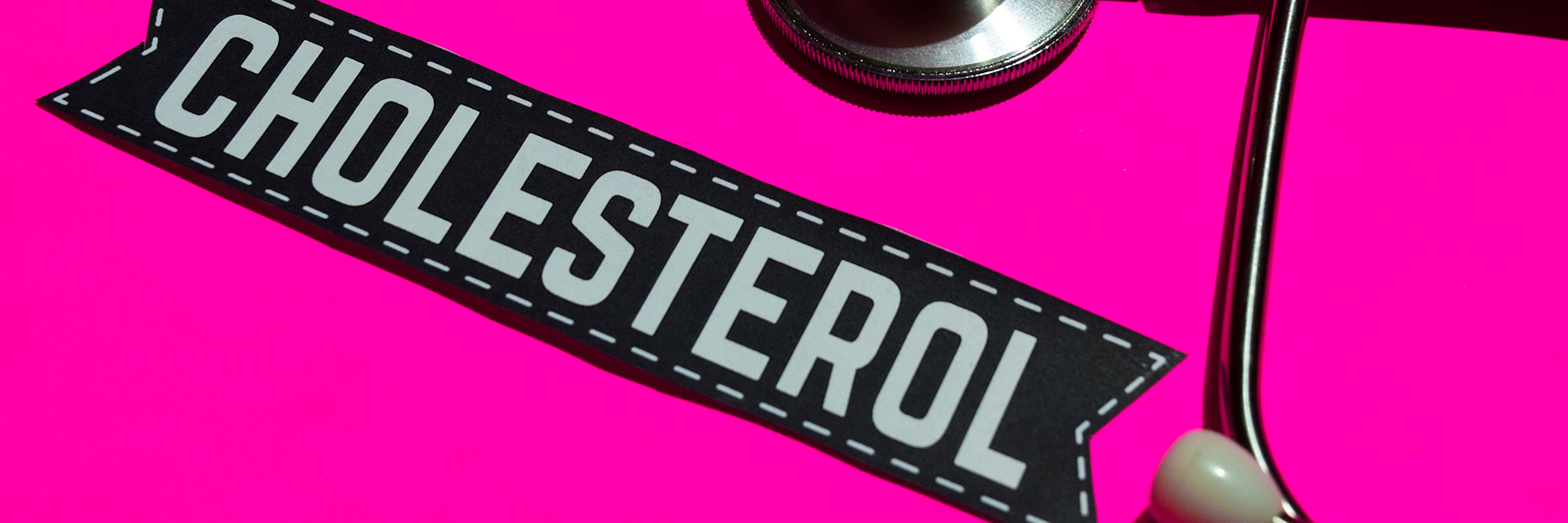Rethinking Cholesterol

When talking about cholesterol, doctors are starting to take a step back and re-examine the numbers as well as their advice to patients. Total overall cholesterol is not a good indicator of good health. Limiting foods simply because of their cholesterol is not necessarily the best course of action, if those foods are – otherwise – good for you.
What is the focus, then? According to Sheah Rarback, a registered dietitian nutritionist at the University of Miami Health System, “trans and saturated fats in food, not cholesterol, are the most potent at increasing blood cholesterol.” It’s okay to eat certain foods like eggs and shrimp once considered cholesterol culprits, if they are low in saturated or trans fat. “These foods can actually be good for you,” she says.
Lowering bad cholesterol can lower heart attack risk
Cholesterol travels through the bloodstream in small molecules called lipoproteins. HDL is the good cholesterol lipoprotein that carries cholesterol back to the liver for removal. LDL is the bad cholesterol in the body that contributes to the buildup of plaque in arteries. Too much plaque contributes to cardiovascular disease.
Some lifestyle and diet changes may reduce your LDL naturally; Rarback suggests trying these before considering medications.
“A healthy diet, some moderate exercise, and good habits can help reduce your risk of cardiovascular disease,” she adds.
Reduce stress
Stress, and especially your reaction to it, can affect the bad cholesterol in your body. Stress can increase LDL levels, and the rage and aggression stress creates can increase it even more. Practice relation techniques like deep breathing and guided meditation to help reduce stress and anxiety, and improve your levels.
Exercise
It is especially important to exercise if you are trying to lower your cholesterol. The American Heart Association recommends 40 minutes of aerobic activity three days a week to lower LDL levels and raise HDL. If you are not currently active, don’t immediately start marathon training. Start off with 10 minutes and work your way to developing a good exercise regimen.
Don’t smoke
Smoking is bad for you in so many ways, so it shouldn’t come as a surprise that those who don’t smoke can manage their health better, and that includes cholesterol. Now is a good time to make a resolution to stop.
Choose healthy foods to reduce your cholesterol
A diet full of fruits and vegetables and rich in omega-3 fatty acids can help lower LDL and increase HDL levels.
Eat this
- Fish such as mackerel, salmon, sardines, albacore tuna, and halibut are great sources of omega-3 fatty acids.
- Avocados are a monounsaturated fat that can lower the bad cholesterol and raise the good cholesterol.
- Walnuts are rich in plant-based omega-3 fatty acids and good for healthy blood vessels. (Add to a salad or yogurt parfait for a delicious crunch.)
- Oatmeal is delicious and the soluble fiber in the oats can reduce your LDL cholesterol.
- Apples are another form of soluble fiber that can help lower “bad” cholesterol. (Try diced in a hot bowl of oatmeal.)
Don’t eat this
- Saturated fat and trans fat
- Refined sugars
- Refined grains
And, just go ahead and delete these from your shopping list.
- Fried food, baked goods and sweet treats, frozen convenience foods, and some types of margarine are all types of foods that you should try to avoid.
Written by staff writer at UHealth.
Tags: cardiovascular health, cholesterol, eating healthy, HDL, healthy, heart disease, LDL, Sheah Rarback, statins
